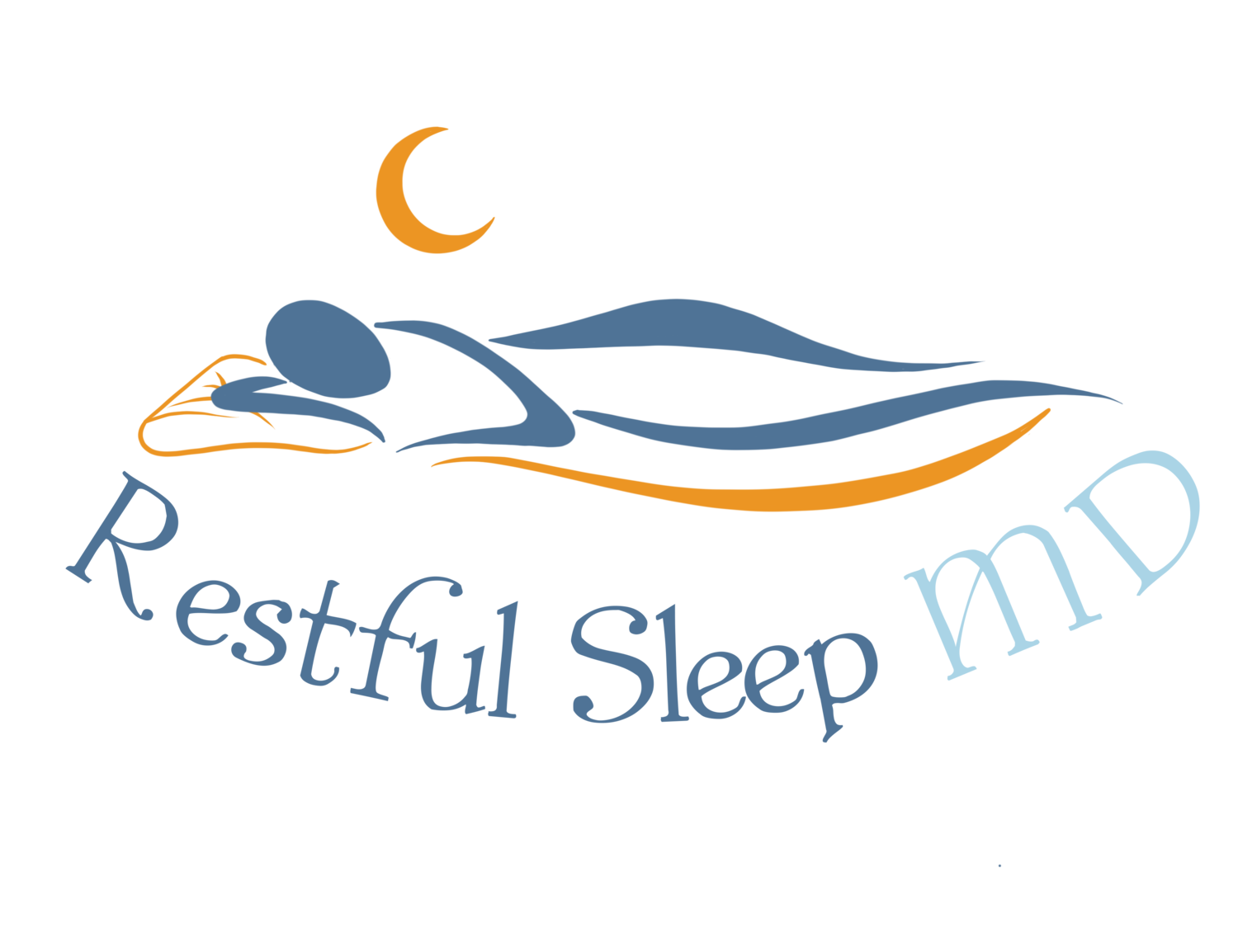Sleep Well
Find blog posts on all things sleep.
Addressing Mind Racing at bedtime
Sometimes as busy professional women, our thoughts make it very difficult to fall asleep or get back to sleep after we wake up.Thoughts of when we should have done the day before, combined with our next day’s todo list run through our minds all at once. Sometimes these thoughts trigger anxiety and oftentimes prolong our sleep onset.
Getting off the Insomnia Train
At night, as soon as the sun begins to fade and darkness falls, Jennifer begins to dread going to bed because she knows that she won’t be able to fall asleep for several hours. She begins to worry about another restless night of sleep. Even when Jennifer tries to think positively about getting a good night’s sleep, she has difficulty blocking out negative thoughts such as, “Here we go again, I’m never going to fall asleep tonight” and “If I don’t sleep tonight, how am I going to make it through the day tomorrow?”
What to do with “Bumps” at night. Treatment of parasomnias.
Parasomnias are unusual behaviors occurring during sleep. They start during childhood and tend to resolve during the same time period, however, some parasomnias persist into adulthood. Fortunately, most parasomnias are not harmful and often don’t require treatment.
In my last blog post found here, I reviewed the different types of parasomnias and the triggers. In this post, we will discuss how and when to treat parasomnias.
What Goes “Bump” in the Night? Sleep Terrors and Other Parasomnias
It is often hilarious to hear children talking in their sleep. However, it could be an alarming event if you are awakened to their shrill cry or in full-blown sleep terror. These behaviors are called parasomnias, a term used to describe unusual behaviors occurring during sleep.
These events disturb parents’ sleep more than the kids, as most children do not recall the episodes. Parasomnias are experienced before falling asleep, during sleep, and at periods of arousal from sleep. These events are seen frequently in children and can be seen in up to 17% of young children aged 3 to 13 years. Older children experience parasomnias less often, although some may persist into adulthood.
Conversations with a Sleep Medicine Expert.
I had the privilege of chatting with Dr. Caroline Okorie, a sleep specialist and pediatric pulmonologist who cares for children with various respiratory and sleep issues. She is located at Stanford Children's Health in California.
Dr. Okorie has a great interest in all things sleep medicine and medical education, health literacy, and community engagement. She enjoys working with patients and families to help empower them to optimize their health and well-being. Dr. Okorie and I are underrepresented minorities in the pediatric sleep medicine field, a specialty that is already relatively small and unique.
In this blog, Dr. Okorie shares about herself as a sleep medicine physician, her journey so far, and some life lessons along the way.
Subscribe to our newsletter.
Sign up to receive news, updates, and a free PDF download with tips for curbing mind racing at bedtime.








